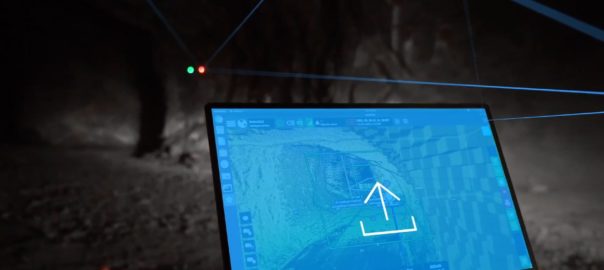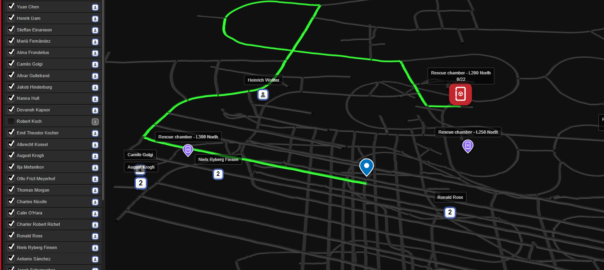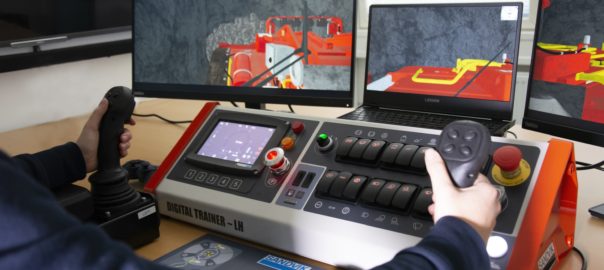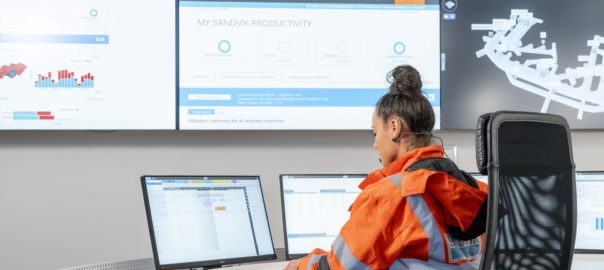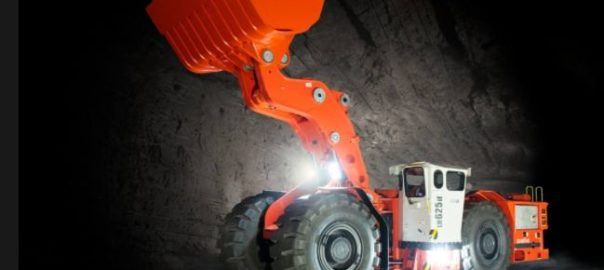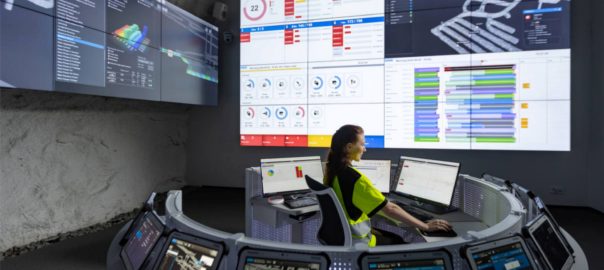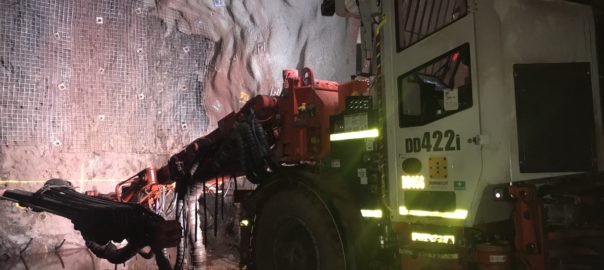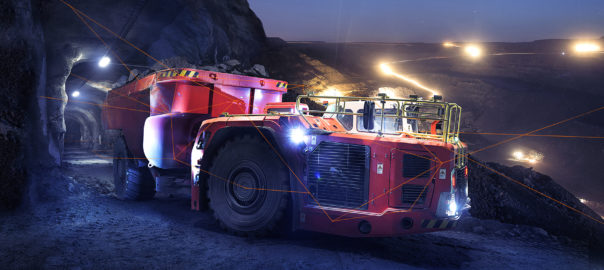Exyn Technologies has announced the expansion of its strategic partnership with Sandvik Mining and Rock Solutions to integrate its data into Sandvik’s analytics and process optimisation suite, OptiMine®.
By synthesising critical data and capabilities, Exyn and Sandvik are helping mining customers transform their underground operations to be safer, more productive and more efficient, the companies say.
Back in July, the two companies signed an agreement to work together “to provide efficient solutions for mapping and visioning underground mines, which will make a substantial difference when it comes to mine locations that are hazardous, hard to reach or conventionally time-consuming to survey and inspect”.
In the latest release, the two said: “Using Exyn’s industrial-grade autonomous drone, ExynAero, mining companies can harness completely pilotless flight to access impossible-to-reach data with maximum safety. The data collected is processed using Exyn’s on-board 3D mapping technology – powered by ExynAI – which is then integrated with Sandvik’s OptiMine Mine Visualizer solution for analysis and optimisation of underground mining production and process.”
The partnership allows mining customers to benefit from comprehensive underground aerial 3D mapping with progressive visualisation that increases overall transparency of mining operations – including for GPS-denied, hard-to-reach, or hazardous areas, or locations that would be time-consuming to survey and inspect using conventional methods, according to the companies.
Exyn and Sandvik deployed this integrated solution at gold exploration and development company Rupert Resources’ Pahtavaara project in Finland, using the ExynAero drone to autonomously create a 3D point cloud of an underground stope. This 3D data was then uploaded to Sandvik’s OptiMine Mine Visualizer and georeferenced to the CAD mine model for further analysis and visualisation.
David Hallett, Vice President, Business Unit Automation, Sandvik Mining and Rock Solutions, said: “This step in our partnership with Exyn is critical. Our teams have been working closely together to ensure the connection between Exyn and Sandvik’s systems would be seamless and easy for operators to use. When this feature gets rolled out to the market as part of OptiMine, it will allow our customers to analyse Exyn’s high-resolution, aerial maps in OptiMine.
“After this demonstration, we look forward to further developing our partnership and integrating our hardware and software systems in the coming months.”
Nader Elm, CEO and Co-Founder of Exyn Technologies, added: “We’re very proud to expand our partnership with Sandvik and to deliver the key benefits of safety and operational efficiency to all the humans involved in the mining industry.
“By offering world-class software and technology, we have given customers the ability to map areas underground they could never before reach. Our end goal is to be an integral part of fully autonomous mining operations and I’m confident that through our partnership with Sandvik, we’re one step closer.”
Exyn and Sandvik have more product integrations in the plans, they said.







